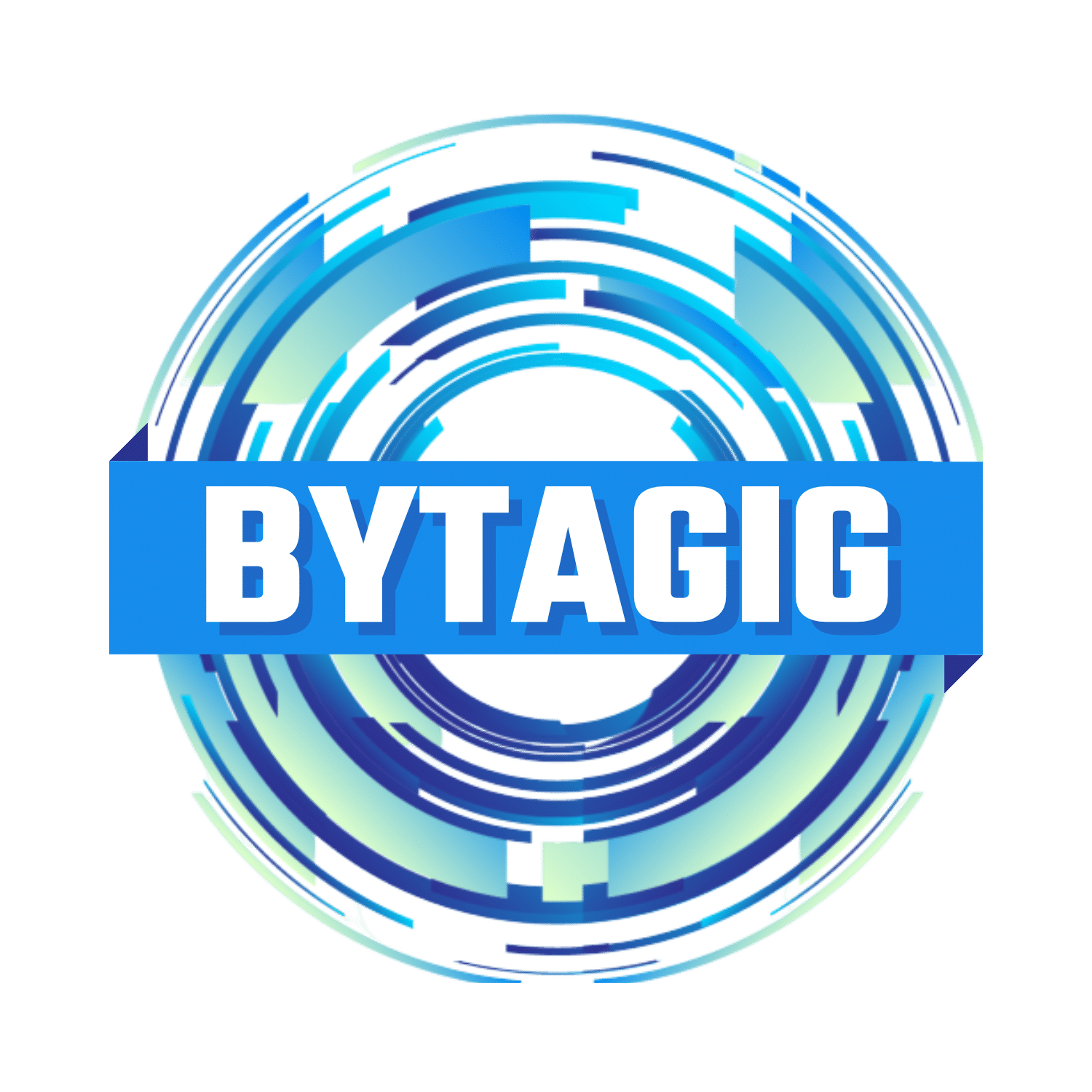
15 May Healthcare Organizations at Risk: Strong Cybersecurity Measures
Did you know that healthcare organizations have reported the highest data breach costs of any industry for 14 years in a row? In fact, according to The HIPAA Journal, the average price of a healthcare data breach hit $4.88 million in 2024.
That’s not just a number. It’s a wake-up call.
Healthcare organizations manage some of the most sensitive and valuable data out there: electronic health records, billing details, insurance data, clinical research, and more. To cybercriminals, this data isn’t sacred. It’s for sale.
In this post, we will explore why healthcare cybersecurity is more critical than ever and the potential consequences of falling behind. We will also look at how a proactive approach can help protect patients, operations, and trust.
Why Healthcare Is a Prime Target
Healthcare data is uniquely valuable. Unlike a stolen credit card number, which can be quickly canceled, medical records contain a wealth of permanent personal information.
Full names, birth dates, Social Security numbers, medical histories, and insurance details make this data a prime target. Once exposed, this information can be used for years in identity theft, insurance fraud, and even blackmail.
At the same time, many healthcare systems rely on legacy infrastructure, disconnected platforms, and overworked IT teams. This creates the perfect storm: high-value data stored in environments that are often under-protected.
Cybercriminals know this. They take advantage of overburdened staff, outdated systems, and the urgency of patient care to find and exploit weaknesses. Whether through ransomware attacks or other tactics, the goal is to gain access, lock/steal data, and demand a payout.
The True Cost of a Healthcare Breach
When a cyberattack hits a healthcare organization, the damage is far-reaching. Here are a few ways data breaches make an impact:
Patient Safety and Trust at Risk
When a cyberattack hits, patient data may be leaked, sold, or held for ransom. At the same time, critical systems can go offline, delaying treatment and forcing staff to revert to manual workflows. This disruption affects care delivery and erodes the trust patients place in their providers.
Financial Consequences Add Up Quickly
In addition to the cost of recovery and investigation, organizations often face steep regulatory penalties, legal expenses, and ransom demands. According to IBM’s Cost of a Data Breach report, healthcare breaches take an average of 197 days to identify and 69 days to contain. Delays like these drive up costs and amplify the damage.
Reputation Takes a Hit
Reputational harm is another lasting impact. Patients expect their information to be protected. When it isn’t, the fallout can affect patient loyalty, community perception, and even future funding or business opportunities.
In short, a breach is not just an IT failure or a compliance issue. It is a full-scale business crisis with real consequences for patient care and operational stability.
Compliance Alone Isn’t Enough
Meeting regulatory requirements like HIPAA is an important step. However, it should be viewed as the foundation of your cybersecurity strategy, not the finish line. Compliance helps establish basic protections, but it does not guarantee that your systems are secure against today’s evolving threats.
Cybercriminals are not checking your compliance checklist. They are looking for gaps. Outdated software, weak access controls, and untrained staff can all serve as entry points, even in a fully compliant environment. Proper protection requires a proactive, layered approach that addresses real-world risks rather than just regulatory standards.
What a Strong Healthcare Cybersecurity Strategy Looks Like
Protecting healthcare data requires more than basic tools and good intentions. A strong cybersecurity strategy should include multiple layers of defense, each working together to reduce risk and respond quickly when an incident occurs.
This means implementing security fundamentals like multi-factor authentication, endpoint protection, routine software patching, and secure data backups. It also includes advanced defenses such as 24/7 threat monitoring, real-time alerts, and intrusion detection systems that can flag suspicious behavior before it becomes a full-blown attack.
Training is another critical piece. Every member of your organization, from the front desk to the operating room, should know how to spot phishing emails and understand their role in protecting patient data. Cybersecurity is not just an IT responsibility. It’s a shared effort across every department.
Partnering with the Right Experts
Many healthcare organizations don’t have the time or in-house resources to manage cybersecurity alone. That’s where a trusted managed service provider (MSP) like Bytagig can help.
Bytagig provides tailored IT and cybersecurity solutions designed specifically for healthcare. From securing electronic health records to monitoring network traffic and ensuring compliance, our team helps reduce risk, close security gaps, and support your operations every step of the way.
Protect What Matters Most
In healthcare, every second counts and every record matters. Investing in cybersecurity isn’t just about preventing fines or downtime. It’s about safeguarding your patients, your staff, and the future of your organization.
If you’re ready to build a stronger, more resilient IT environment, Bytagig is here for you. Let’s start a conversation.
Share this post:

Sorry, the comment form is closed at this time.